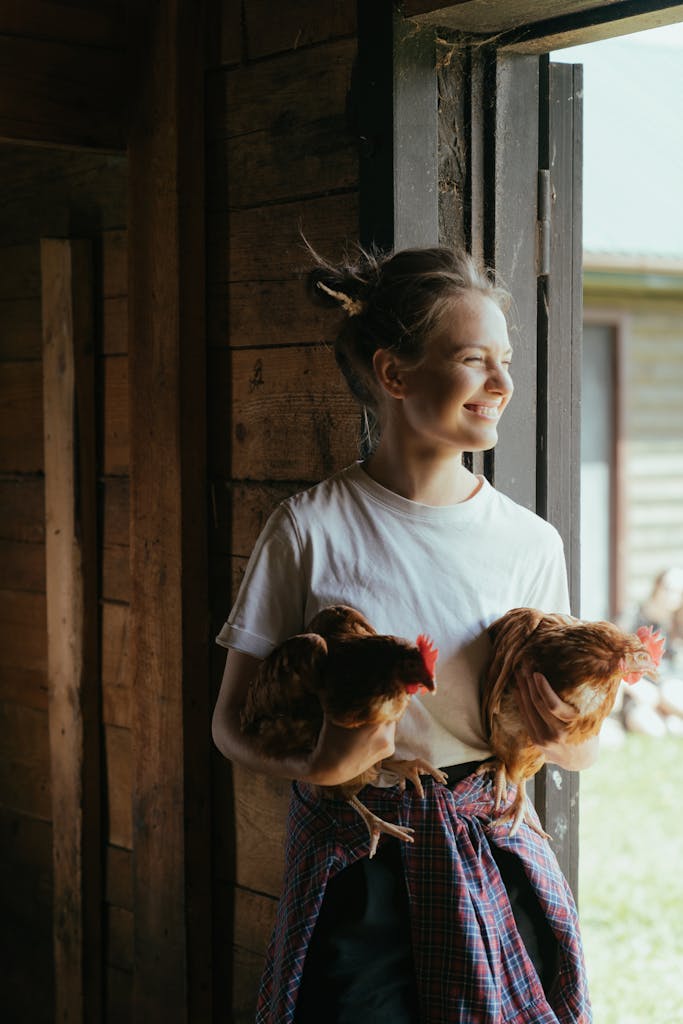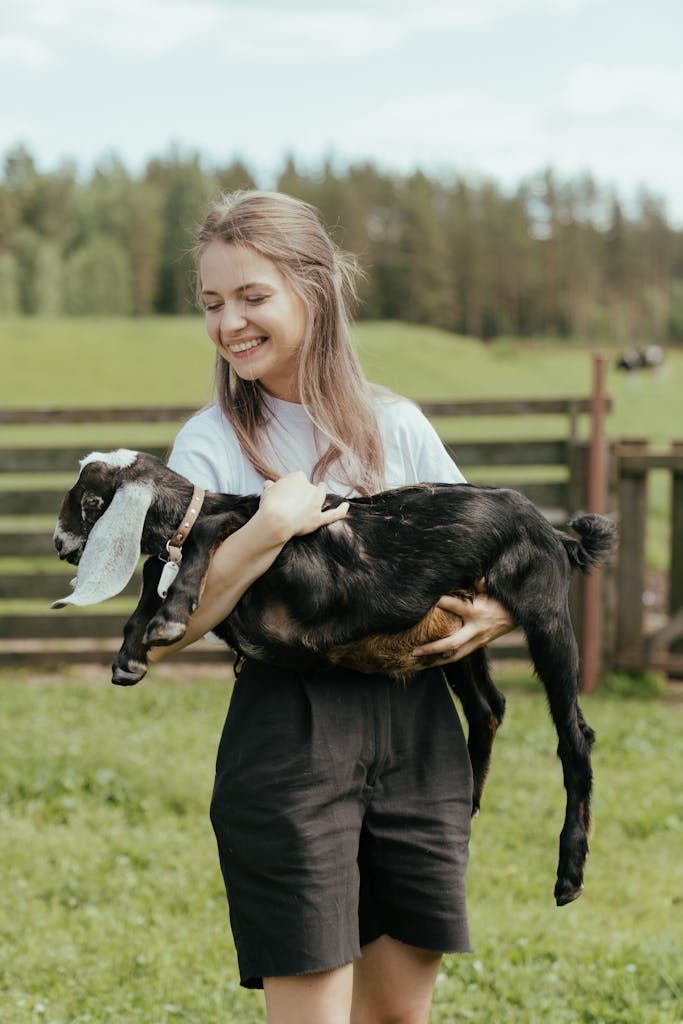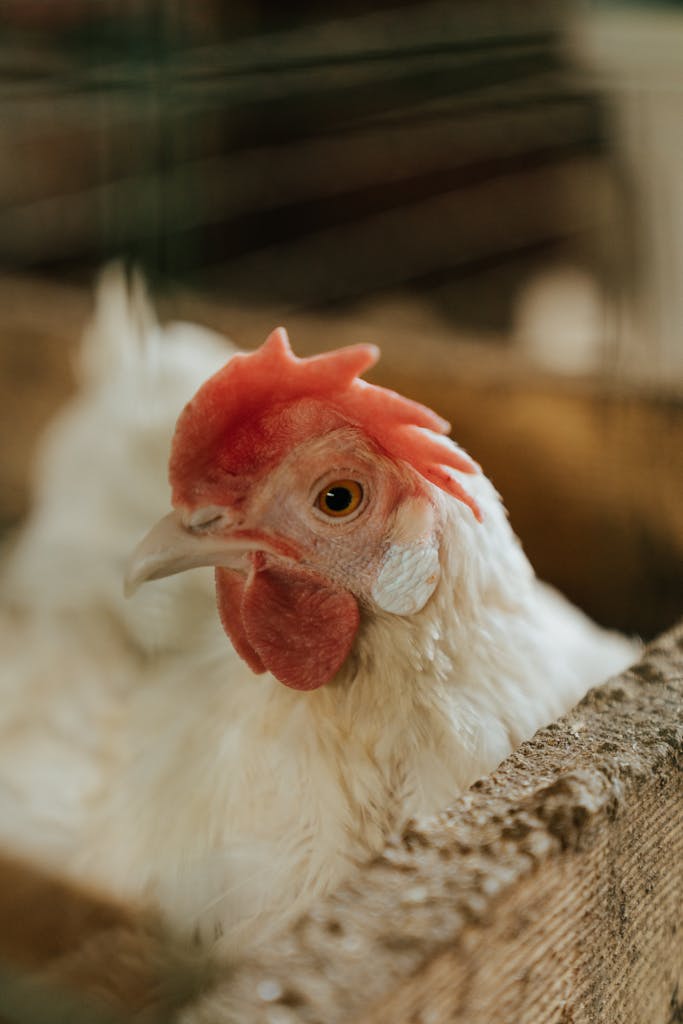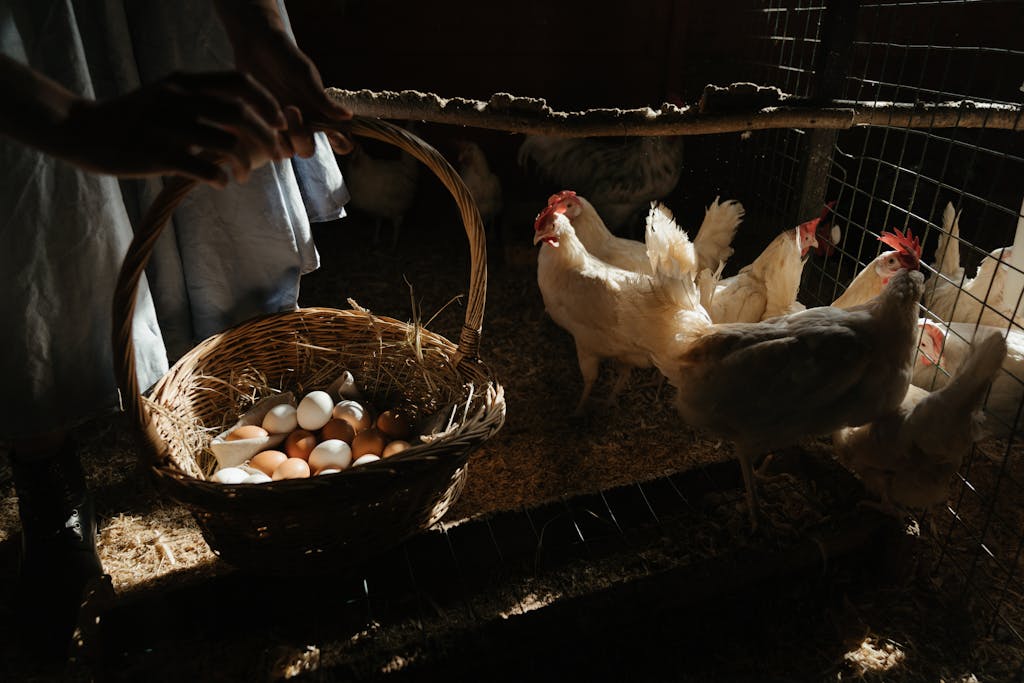Homestead: A Beginner’s Guide to Self-Sufficient Living
Homesteading is a lifestyle that has been gaining popularity in recent years. It involves becoming self-sufficient by growing your own food, raising livestock, and living off the land. Homesteading can be a rewarding experience that allows you to live a more sustainable lifestyle, but it also requires a lot of hard work and dedication.
If you’re interested in homesteading, there are a few things you should consider before getting started. First, you’ll need to find a suitable piece of land that can support your homestead. This might mean looking for a property with good soil, access to water, and enough space to grow crops and raise animals. You’ll also need to consider zoning laws and other regulations that might affect your ability to homestead in a particular area.
Once you’ve found a suitable piece of land, you’ll need to start building your homestead. This might involve constructing a house or other buildings, setting up a garden, and building fences and other structures to keep your animals safe.
You’ll also need to learn how to grow and preserve your own food, raise livestock, and manage your land in a sustainable way. While homesteading can be challenging, it can also be a rewarding way to live a more self-sufficient and sustainable lifestyle.

Understanding Homesteading
Homesteading is a lifestyle of self-sufficiency and living off the land. It involves growing your own food, raising livestock, and being self-reliant. Homesteading has a long history in the United States, dating back to the Homestead Act of 1862.
History of Homesteading
The Homestead Act of 1862 was signed into law by President Abraham Lincoln. It allowed any person over the age of 21 to claim up to 160 acres of land in the western United States. The only requirement was that the person had to live on the land for five years and make improvements to it, such as building a house or planting crops. This act encouraged people to move west and settle the land, which helped to expand the country.
Homesteading continued to be popular throughout the 20th century, especially during times of economic hardship. During the Great Depression, many people turned to homesteading as a way to provide for themselves and their families. Today, homesteading has become a popular lifestyle choice for people who want to live a simpler, more self-sufficient life.
Modern Homesteading Concepts
Modern homesteading involves many of the same principles as traditional homesteading, but with a few updates. For example, many modern homesteaders use technology to help them be more efficient and productive. They might use solar panels to generate electricity, or use social media to connect with other homesteaders and share ideas.
Another modern homesteading concept is agrarianism, which is the idea that society should be based on small, self-sufficient communities that are connected to the land. Agrarianism emphasizes the importance of local food production, and encourages people to support small farmers and buy locally grown food.
Homesteading is a lifestyle that has been around for centuries, and continues to be popular today. Whether you are interested in homesteading for economic reasons, environmental concerns, or simply because you want to live a simpler life, there are many resources available to help you get started.

Planning Your Homestead
When planning your homestead, there are several important factors to consider. This section will guide you through the process of assessing your goals and means, choosing the right location, and budgeting and managing costs.
Assessing Your Goals and Means
Before you begin planning your homestead, it’s important to assess your goals and means. What do you hope to achieve with your homestead? Are you looking to become more self-sufficient, or are you interested in generating income from your land? It’s also important to consider your financial means. How much money do you have to invest in your homestead, and how much time and effort are you willing to put into it?
Choosing the Right Location
Choosing the right location for your homestead is crucial. You’ll want to consider factors such as climate, soil quality, and access to water. You’ll also want to think about the proximity of your homestead to schools, hospitals, and other essential services. You’ll need to consider property taxes and any mortgage payments you may have if you’re purchasing land.
Budgeting and Managing Costs
Homesteading can be an expensive endeavor, so it’s important to budget and manage costs carefully. You’ll need to factor in the cost of land, building materials, and equipment, as well as ongoing expenses such as property taxes and maintenance costs. It’s a good idea to create a detailed budget and to regularly review your expenses to ensure that you’re staying on track.
Planning your homestead requires careful consideration of your goals and means, choosing the right location, and budgeting and managing costs effectively. By taking these factors into account, you can create a homestead that meets your needs and fits within your budget.

Developing the Homestead
As you begin to develop your homestead, there are a few key areas that you should focus on to ensure that your property is both functional and sustainable. In this section, we’ll cover some of the most important aspects of developing your homestead, including building or renovating structures, starting a garden and raising livestock, and implementing renewable energy sources.
Building or Renovating Structures
Whether you’re building a new house or renovating an existing structure, it’s important to ensure that your plans comply with local building codes and regulations. This will help to ensure that your home is safe and structurally sound, and will also help you avoid any legal issues down the line.
When building or renovating your homestead, it’s important to consider your needs both now and in the future. For example, if you plan to raise livestock, you may want to build a barn or other outbuilding to house your animals. Similarly, if you plan to grow a large garden, you may want to build a greenhouse or other structure to protect your plants from the elements.
Starting a Garden and Raising Livestock
One of the key benefits of homesteading is the ability to grow your own food and raise your own livestock. Whether you’re starting a small vegetable garden or a large-scale farm, there are a few key things to keep in mind.
First, it’s important to choose the right location for your garden or farm. Look for an area with good soil and plenty of sunlight, and consider factors like drainage and access to water.
Next, it’s important to choose the right plants and animals for your homestead. Consider factors like climate, soil type, and your own personal preferences when making your choices.
It’s important to ensure that your garden and livestock are properly cared for. This may include things like fertilizing your soil, providing your animals with adequate food and water, and protecting your crops from pests and disease.
Implementing Renewable Energy Sources
As a homesteader, you have the opportunity to reduce your reliance on traditional energy sources by implementing renewable energy sources like solar panels or wind turbines. This can help you save money on your energy bills and reduce your carbon footprint.
When implementing renewable energy sources, it’s important to consider factors like your energy needs, the cost of installation, and the availability of tax incentives or other financial incentives. You may also want to consult with a professional to ensure that your system is properly designed and installed.
By focusing on these key areas, you can develop a homestead that is both functional and sustainable, and that meets your needs both now and in the future.
Homesteading Skills and Techniques
Homesteading requires a wide range of skills and techniques that are essential for self-sufficiency and sustainability. In this section, we will explore some of the most important skills and techniques that you should master as a homesteader.
Cultivating Food and Preserving Harvest
Growing your own food is one of the most rewarding experiences of homesteading. To be successful, you need to have a solid understanding of plant biology, soil health, and pest management. You also need to know how to preserve your harvest to ensure a steady supply of fresh produce throughout the year.
Some essential skills for cultivating food include:
Composting: Composting is the process of breaking down organic matter into nutrient-rich soil. It is an excellent way to improve soil health and fertility.
Seed saving: Saving seeds from your plants allows you to grow the same varieties year after year. It also helps to preserve genetic diversity.
Crop rotation: Crop rotation is the practice of planting different crops in the same area each year. It helps to prevent soil-borne diseases and pests.
Canning: Canning is a method of preserving food in which it is sealed in jars and heated to kill bacteria. It is an excellent way to preserve fruits and vegetables for long-term storage.
DIY Projects and Handicrafts
Homesteading is not just about growing food; it is also about making things from scratch. DIY projects and handicrafts are an essential part of homesteading, as they allow you to save money, reduce waste, and create unique, one-of-a-kind items.
Some essential skills for DIY projects and handicrafts include:
Sewing: Sewing is a valuable skill that allows you to repair and create clothing, bedding, and other household items.
Woodworking: Woodworking is a versatile skill that allows you to build furniture, fences, and other structures.
Knitting and crocheting: Knitting and crocheting are relaxing and enjoyable activities that allow you to create warm, cozy items like hats, scarves, and blankets.
Soap making: Making your own soap allows you to control the ingredients and create customized scents and textures.
By mastering these skills and techniques, you can become a more self-sufficient and sustainable homesteader.
Overcoming Challenges
Homesteading can be a fulfilling and rewarding lifestyle, but it’s not without its challenges. From legal and financial issues to common homesteading problems, there are many obstacles you may face along the way. Here are some tips for overcoming these challenges and making the most of your homesteading experience.
Dealing with Legal and Financial Issues
One of the biggest challenges of homesteading is navigating the legal and financial issues that come with owning and operating a homestead. Depending on where you live, there may be zoning laws, building codes, and other regulations that you need to comply with. It’s important to do your research and evaluate the legal requirements before starting your homestead.
Financial issues can also be a challenge, especially if you’re relying on a mortgage to purchase your homestead. Mortgage lenders may have different requirements for homestead properties than they do for traditional homes, so it’s important to shop around and find a lender who understands your unique situation.
Addressing Common Homesteading Problems
In addition to legal and financial challenges, homesteaders may also encounter a variety of common problems related to their land and animals. For example, pests like rodents and insects can damage crops and buildings, while extreme weather conditions can cause damage to your property.
To address these issues, it’s important to be proactive and take steps to prevent problems before they occur. This may include using natural pest control methods, planting crops that are resistant to pests and weather conditions, and investing in sturdy buildings and infrastructure.
Homesteading can be a challenging but rewarding lifestyle. By evaluating the challenges, addressing common problems, and taking a proactive approach to your homestead, you can enjoy all the benefits of living off the land in a supportive and thriving neighborhood.

